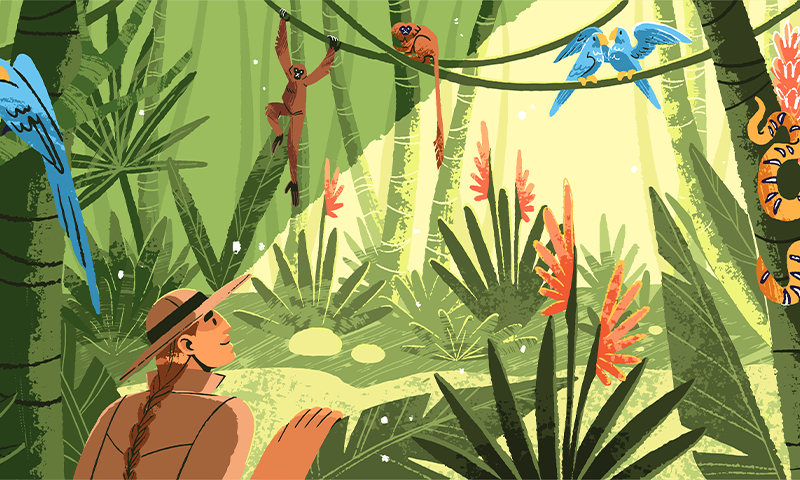Now Reading: How Forests Influence Our Gut Health
-
01
How Forests Influence Our Gut Health
How Forests Influence Our Gut Health

Quick Summary
- A recent study published in People and Nature explored whether people without formal ecology training can intuitively assess biodiversity in forests.
- Researchers surveyed 48 psychology students from Europe, asking them to evaluate forest images for perceived biodiversity and explain their reasoning.
- Participants often associated greener visuals with higher biodiversity, which aligns with scientific findings about vegetation abundance.
- Another experiment involved participants listening to bird sounds, where they identified elements like “acoustic complexity” related to avian diversity.
- The study faced limitations: it tested a small group of participants in a laboratory setting rather than real-world environments, potentially impacting accuracy.
- Separate research suggests that biodiverse landscapes-real or perceived-can positively impact mental health.
Indian Opinion Analysis
The findings of this study could hold relevance for India given the countryS rich ecological diversity and its ongoing challenges with deforestation and invasive species. Intuitive assessments of biodiversity may offer new pathways for citizen engagement in environmental monitoring programs, especially where resources are limited. However, reliance on untrained individuals could be problematic if accuracy is critical for policy decisions or conservation efforts. Contextualizing such studies across India’s varied ecosystems – from rainforests to Himalayan terrains – would also be essential before adopting similar methods locally.

























